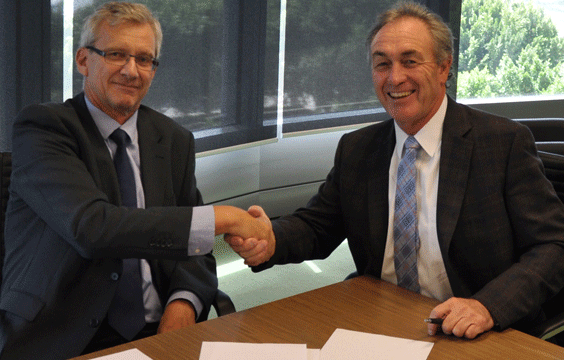ARPANSA Boosts UV Protection Globally
ARPANSA has teamed up with Cancer Council Victoria and the Australian Bureau of Meteorology to create a SunSmart Global UV app.
The app aims to reduce the number of people across the world developing skin cancer and experiencing UV-related eye damage.
The World Health Organization (WHO), the World Meteorological Organization (WMO) and the International Labour Organization (ILO) are supporting the launch of the initiative in Geneva this week.
Research in 2019 estimates around 6.7 million cases of skin cancers were diagnosed globally, and more than 118 thousand people around the world lost their lives to skin cancer in the same year.
Evidence shows that personal habits in relation to sun exposure, including sunscreen use, clothing choice and time spent outdoors, are the most important individual risk factors for UV radiation damage.
To encourage world-wide adoption of sun protection, Cancer Council Victoria developed the SunSmart Global UV app in partnership with Deakin University’s Applied Artificial Intelligence Institute (A2I2) using a unique weather data algorithm to create UV forecasts for anywhere in the world.
‘ARPANSA operates a network of UV radiation detectors in major Australian cities and in the Australian Antarctic territories. We are proud to share data and expertise to contribute to this important initiative’ said Dr Rick Tinker, Chief Radiation Health Scientist for ARPANSA.
‘We know in Australia how valuable it is to provide accurate UV levels to people based on their geographical location. The new SunSmart Global UV App means the knowledge we have gained in Australia can now be shared internationally to a much wider audience,’ said Dr Tinker.
Cancer Council Victoria CEO Todd Harper said it was inspiring to work alongside our Australian partners to bring together this world-class innovation that will be utilised across continents.
‘Cancer Council Victoria has a long history of being at the forefront of innovative programs that protect our community from cancer,’ Mr Harper said.
‘With summer kicking off in the northern hemisphere, it is fabulous we have the WHO, WMO and ILO supporting the launch of the SunSmart Global UV App across Europe to protect people against harmful UV,’ said Mr Harper.
‘With increased international travel, we hope Australians will download the global app and keep up those good sun protection practices when overseas’, said Dr Tinker.
Undertaking research and supporting public understanding of risk is a core part of ARPANSA’s role in protecting Australians from the harmful effects of UV radiation.
The SunSmart Global UV app is available free of charge at both the Apple App and Google Play store.



